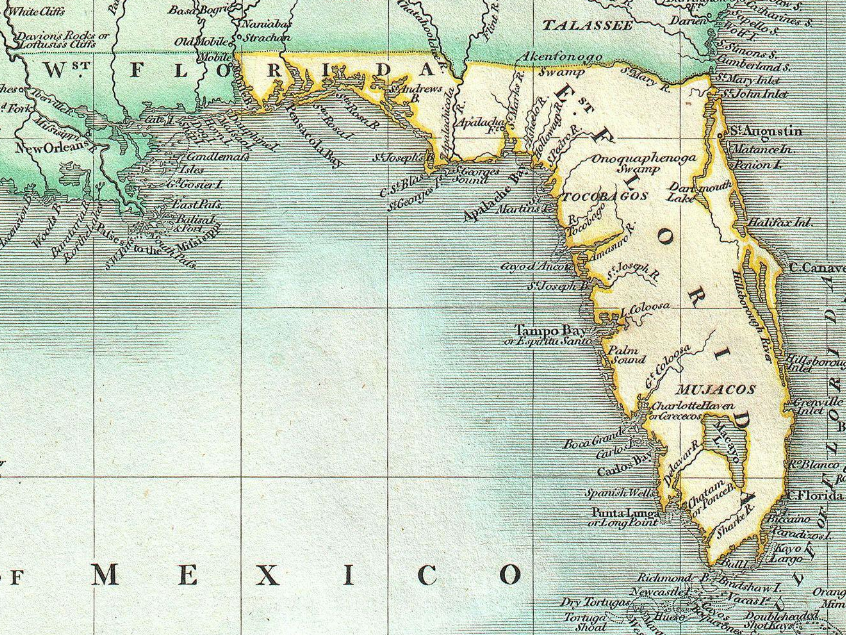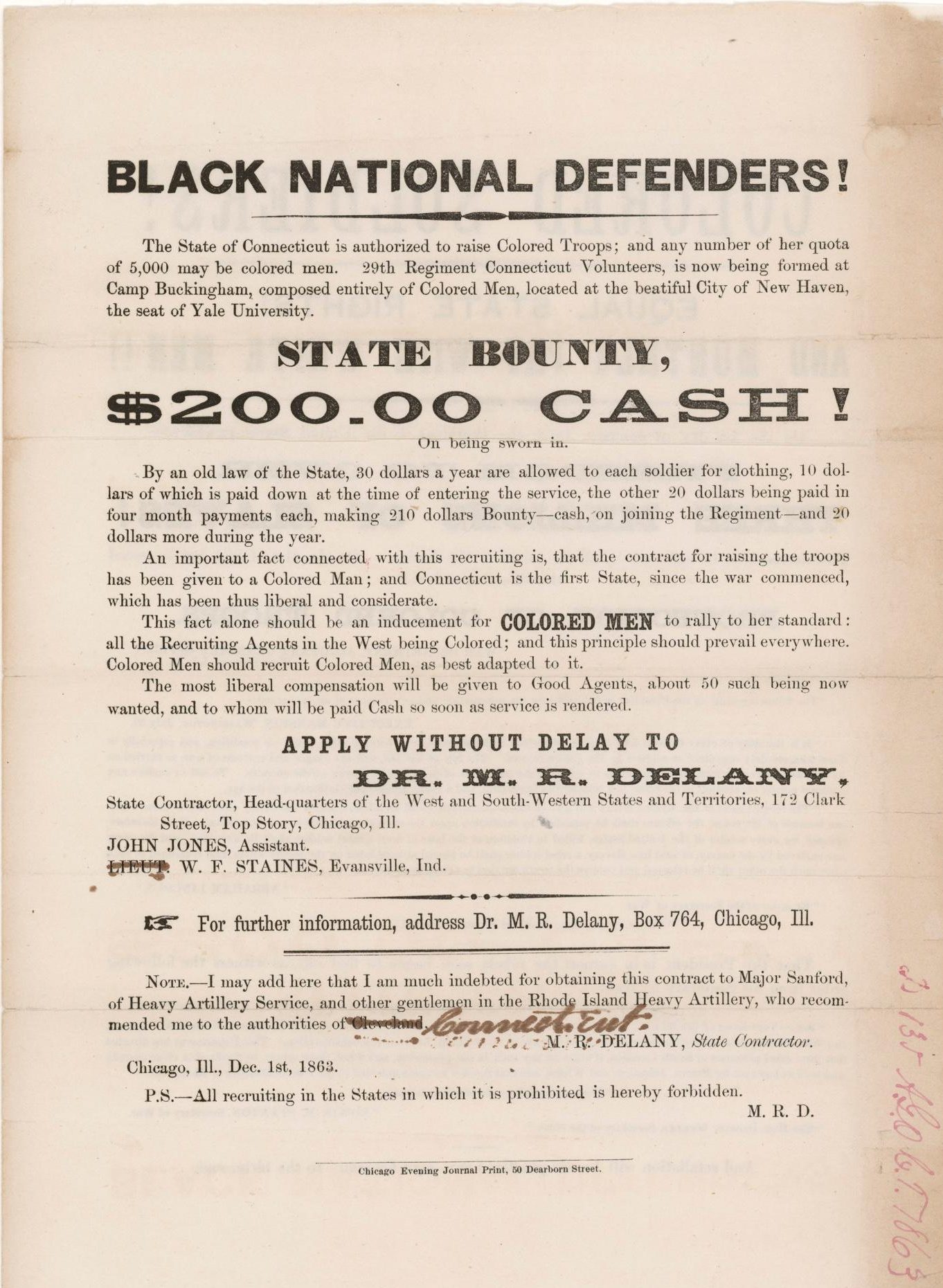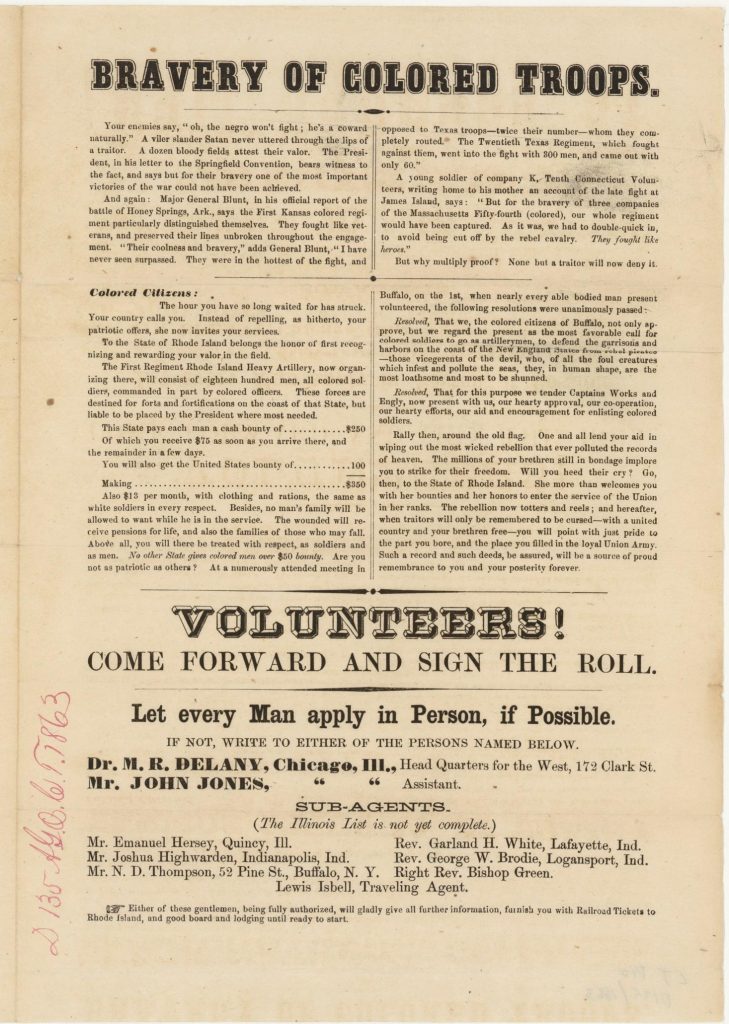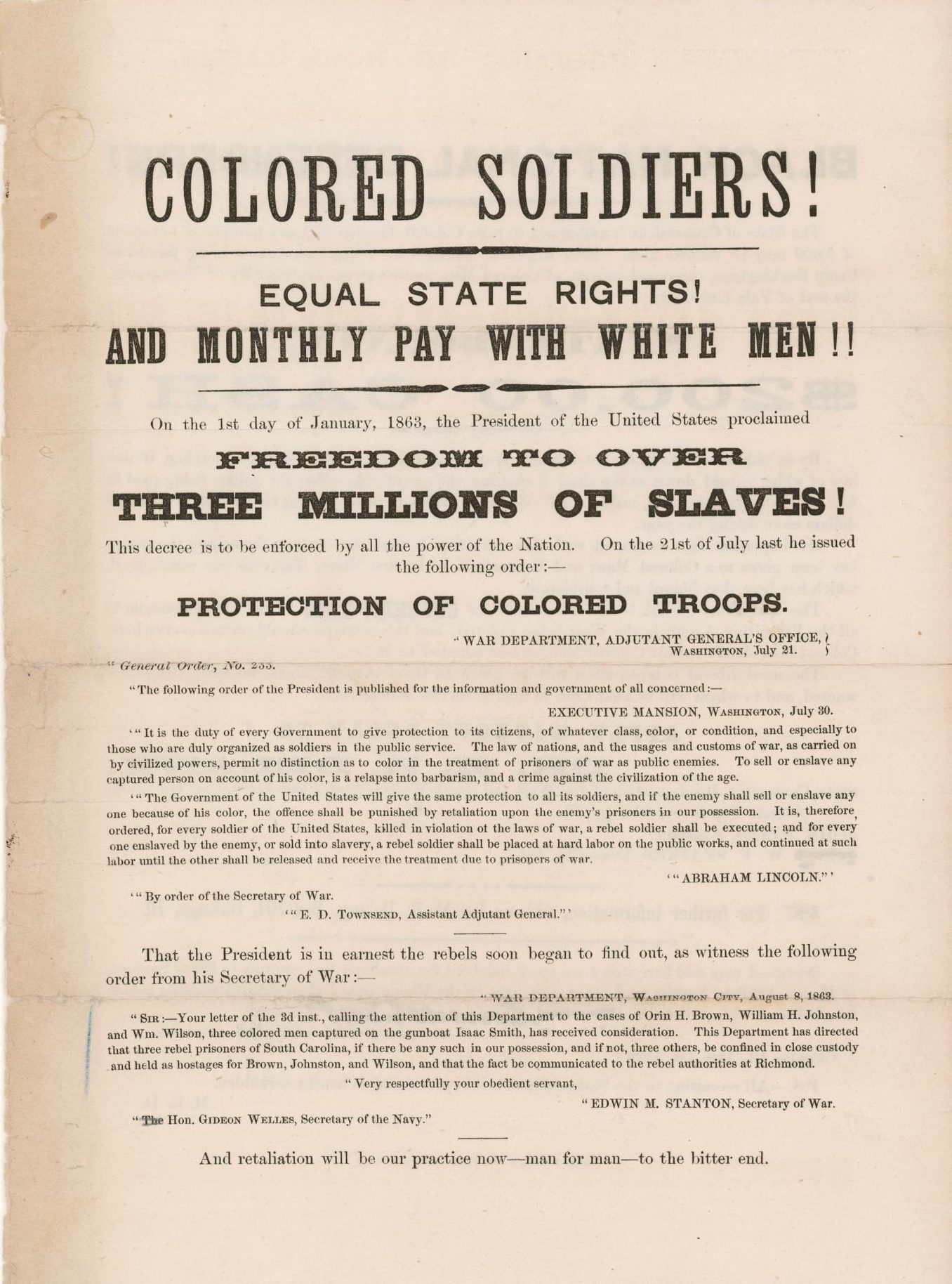An abbreviated history.
Not all enslaved persons of African descent who went further south were brought by slaveowners—and most of all, not all only ran north for freedom. It is important to note a little known fact: that both free and enslaved African Americans were in Florida long before the start of the American Civil War. Known pre-statehood as La Florida, the peninsula was under the possession of the Spanish government between 1513–1763 and 1783-1821. The 20-year gap was Spain relinquishing control of East Florida to Britain. It was also during these 20 years that African Florida extended further west, into southern Alabama, Mississippi, and a portion of Louisiana; early maps depict the larger territory as West Florida (the panhandle) and East Florida (the peninsula).


Florida became the 27th state of the United States of America on March 3, 1845, and was admitted as a slave state. It was no longer being a place of refuge and protection from that institution (of course until Emancipation). Between 1845 and 1860, “American settlers began to establish cotton plantations in north Florida, which required numerous laborers, which they supplied by buying slaves in the domestic market. By 1860, Florida had only 140,424 people, of whom 44% were enslaved. There were fewer than 1,000 free African Americans before the American Civil War.” There is so much more to the intriguing history of Florida’s origins.
Early African presence in Florida started in the 1500s, not as former enslaved persons, but “as artisans, seamen, navigators and adventurers” from Spanish ships. African American presence in Florida increased during the 1600s and onward (pre- and post-statehood) for a variety of reasons:
- Escaped enslaved persons gained sanctuary from various Native American tribes. The Seminoles, in particular, a melting pot of Native American tribes–the Yamassees, Choctaws, Miccosukees, and Creeks/Muscogees– provided sanctuary to free Blacks and escapees from enslavement. Those who settled in or near Seminole towns were known as Black Seminoles.
- Escapees also gained sanctuary from the Catholic Church & Spanish government. In exchange for sanctuary from the Spanish Florida government, Blacks were provided sanctuary , or if they converted to Catholicism.
Florida patriots, fearing the chaos in Spain would leave the peninsula vulnerable to foreign occupation, launched a campaign against St. Augustine and the city’s black troops. Enslaved peoples had fled to Florida from the American colonies since the late 1600s and the Spanish government and military had warmly received them as a means of bolstering isolated segments of their far-flung empire. St. Augustine had mustered an all-black militia unit as early as 1683, and seven years later King Charles II issued a royal proclamation freeing all slaves who fled to Florida and accepted conversion and baptism. This proclamation created an atmosphere of acceptance for blacks and mulattoes, and permitted the Spanish to incorporate them into the community by instilling ideas of civic pride and military obligations. Most of these numerous runaways fought against the American patriots in the attempt to protect their tenuous freedom.
Gene Allen Smith, “Sanctuary in the Spanish Empire: An African American officer earns freedom in Florida”
- Enslaved persons were brought to Florida by slaveowners. This was the case of Andrew Tillman Gordon, II, a central figure in this presentation.
- The Civil War. Formerly enslaved persons were promised freedom, protection, pay, a sense of equality, and a proto-citizenship of sorts if they volunteered for the military in the American Civil War.
The Civil War: April 12, 1861 – May 9, 1865



Sources:
‘A class of people neither freemen nor slaves’: from Spanish to American race relations in Florida, 1821-1861.. (n.d.) >The Free Library. (2014). Retrieved Sep 27 2021 from https://www.thefreelibrary.com/%22A+class+of+people+neither+freemen+nor+slaves%22%3a+from+Spanish+to…-a013797259
“Sanctuary in the Spanish Empire: An African American Officer Earns Freedom in Florida”. Gene Allen Smith. (2018). Retrieved Sep 27 2021 from https://www.nps.gov/articles/sanctuary-in-the-spanish-empire.htm